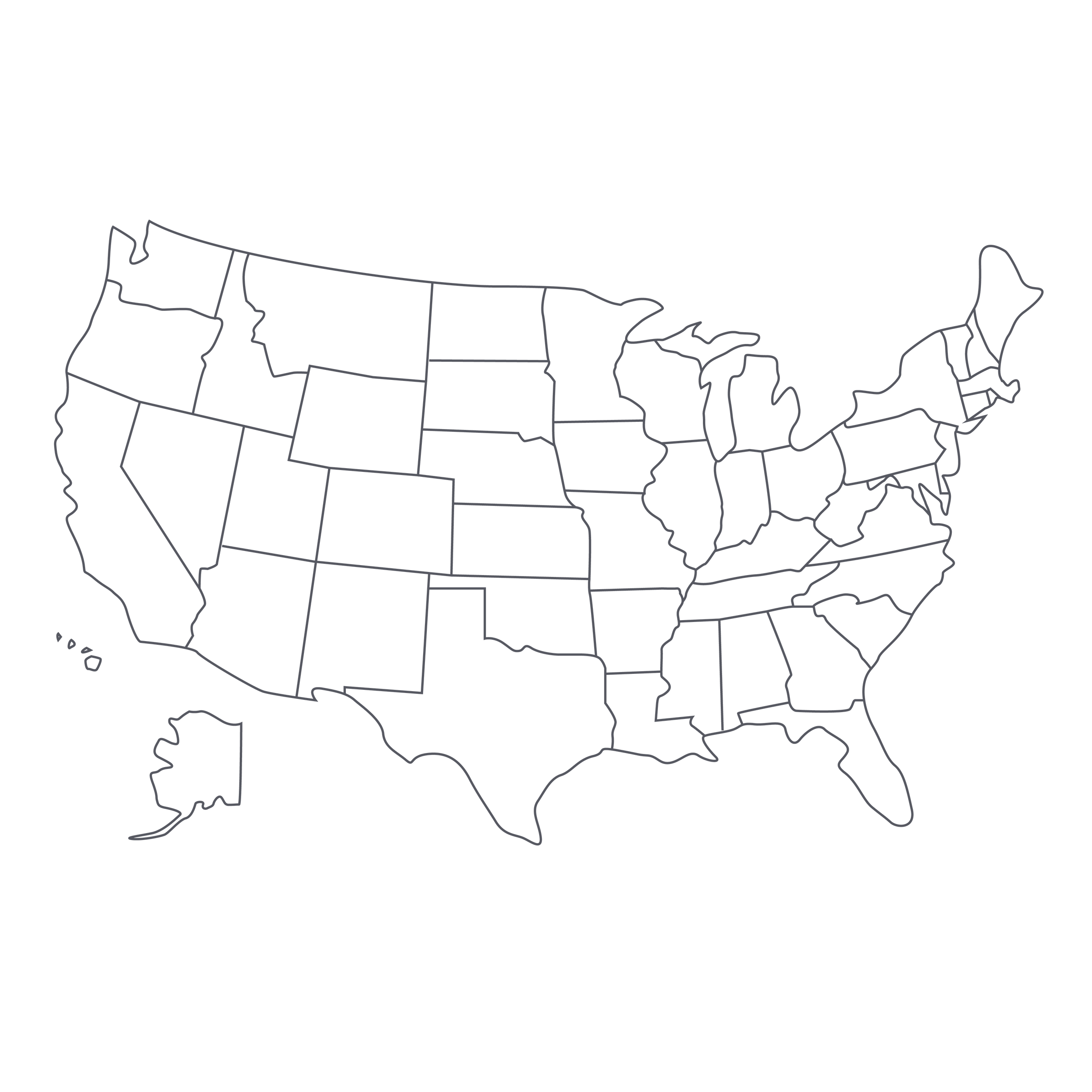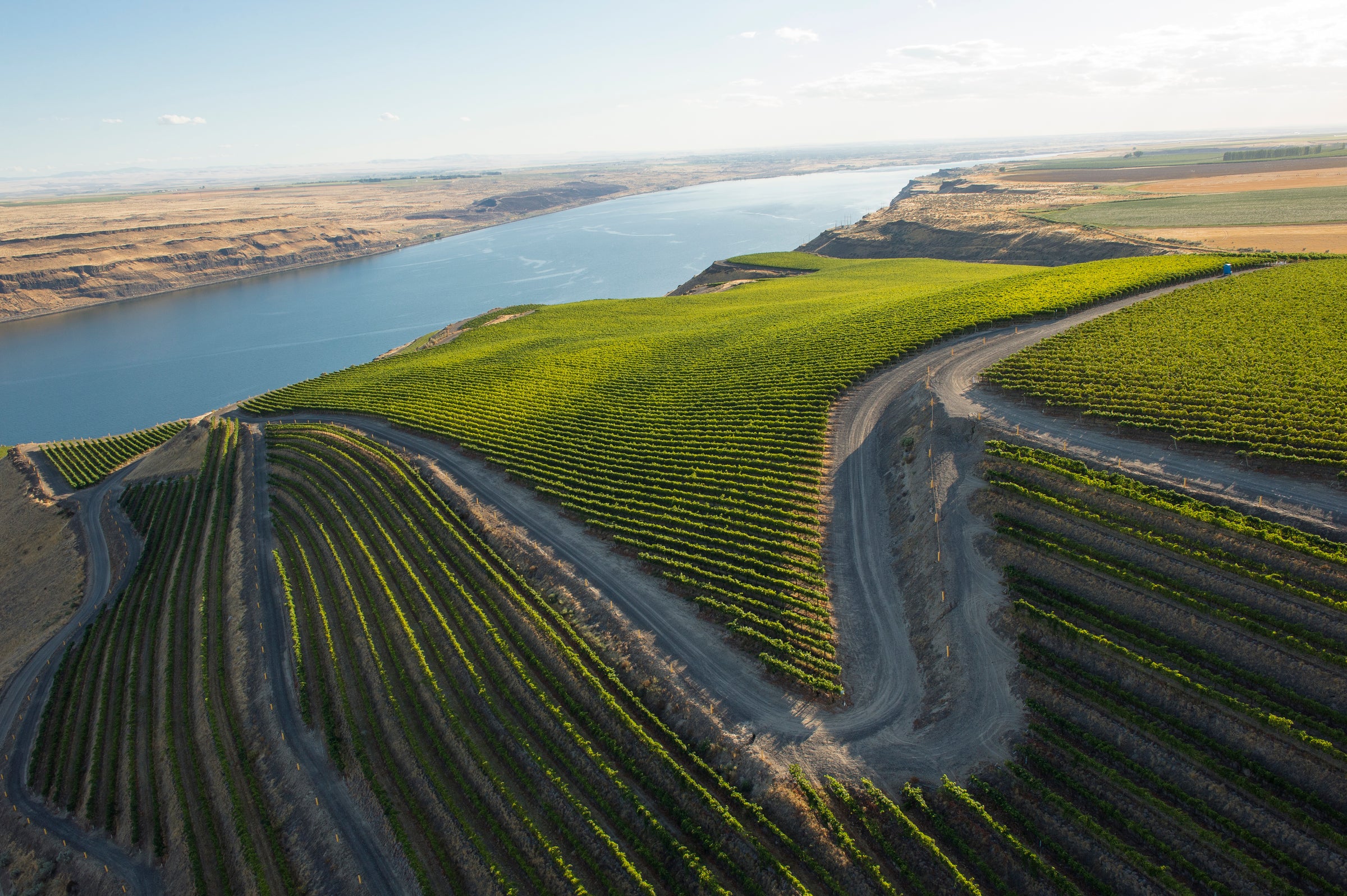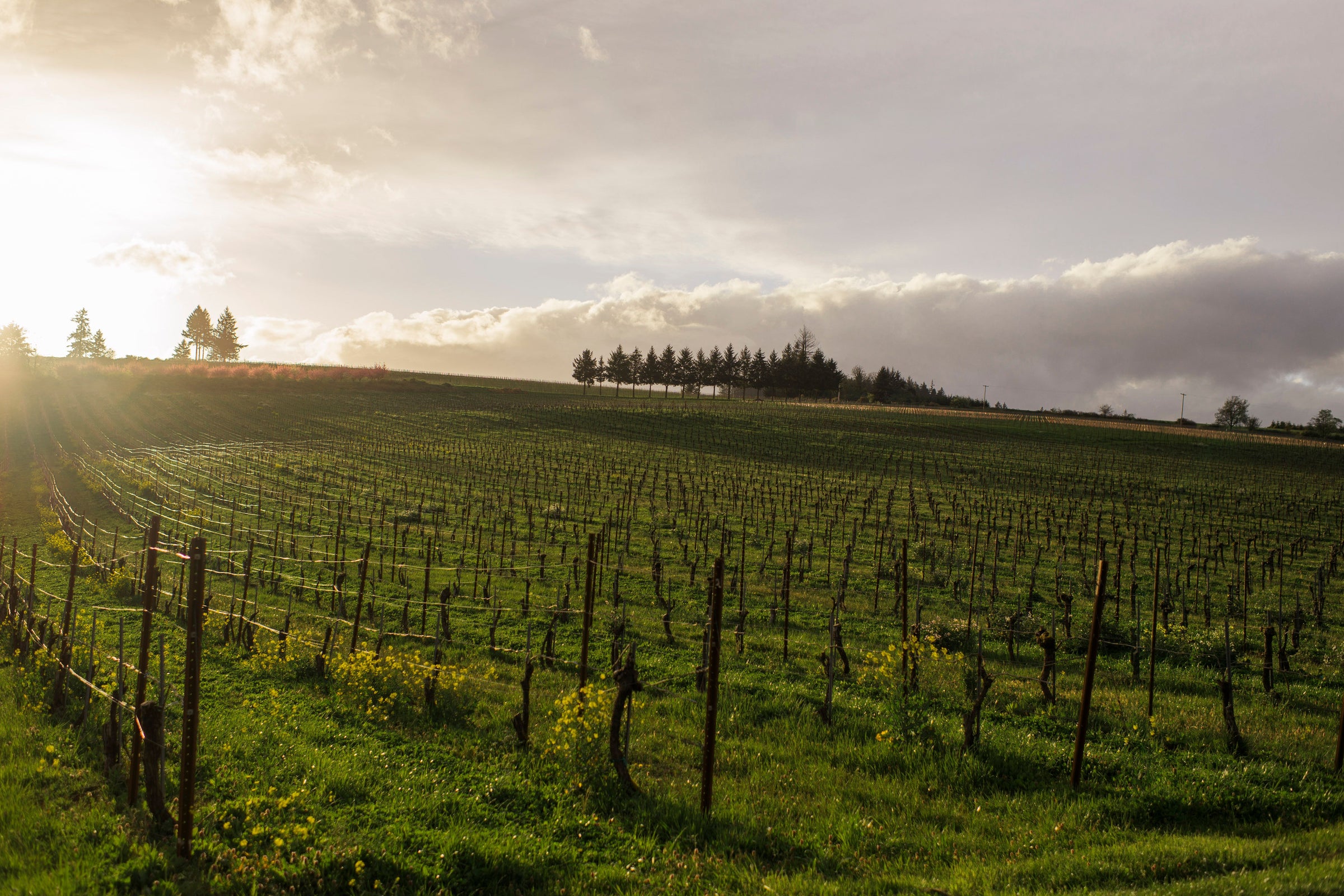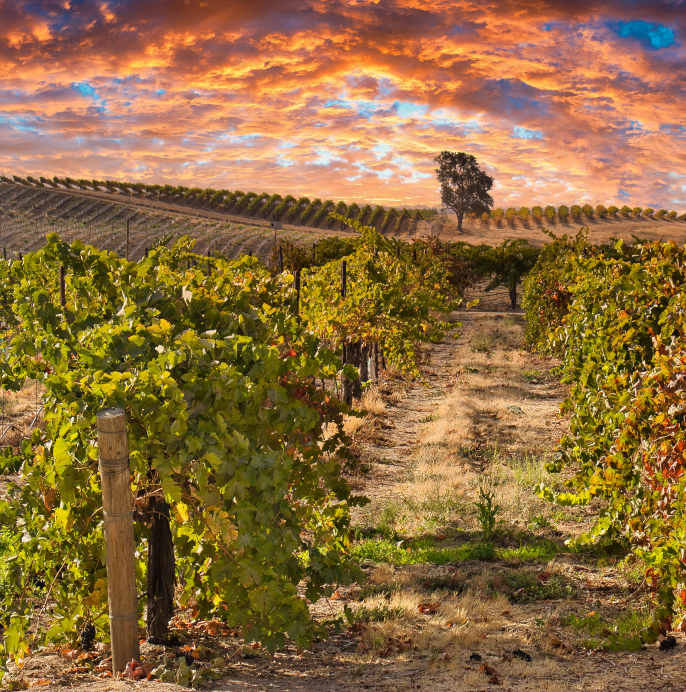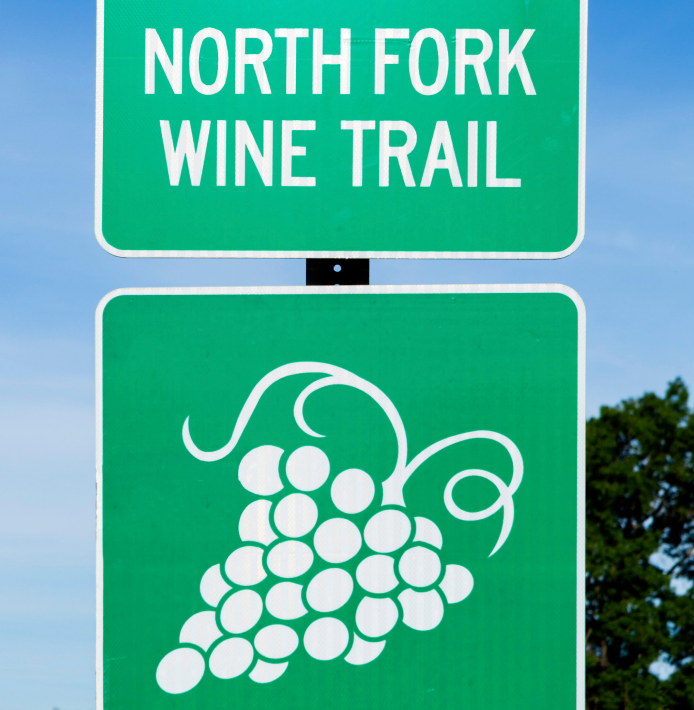The producer of today’s wine, Ted Glennon, has seen every facet of the wine business—as a sommelier, a wholesaler, an educator, and now, a wine producer. With “Sabroso,” he’s telling a story he feels isn’t told enough—that of the incredibly rich history and diversity of California wine.
Ted is a fifth-generation Californian and feels strongly that California wines should be representative of the local and historical culture. And when it comes to vineyards steeped in history and ‘old-school’ sensibility, it doesn’t get more representative than the legendary Enz Vineyard, in the Gabilan Mountains near Monterey. Enz is the only vineyard in the Lime Kiln Valley AVA, one of a string of Gabilan wine zones that includes Chalone and Mount Harlan. This area is rich in limestone and the source of some of the state’s most ‘Burgundian’ Pinot Noirs (Chalone; Calera), but Enz reaches further back—to a time when newly arrived immigrants were planting all sorts of grapes, the identities of which were often lost through the generations. Meaning “tasty” in Spanish, “Sabroso” is sourced from two blocks in this old vineyard: 75% is “Cabernet Pfeffer,” a field-blended planting of European vines whose identity is still a mystery; and 25% is ‘own-rooted’ Zinfandel. But it’s not about the blend, it’s about the place, to which Vöcal pays homage with this exuberantly fruity, whole-cluster-fermented delight. It
is tasty, there’s no doubt about that—reminiscent of the ethereal reds of France’s Jura. Want a fresh take on what California’s all about? This is it!
All of the Vöcal wines shine the spotlight on appellations influenced by the deep, cold Monterey Bay, and “Sabroso” is a pitch-perfect evocation of Enz. As Glennon describes it, “Cab Pfeffer” is merely the “nomme de guerre” of the main vineyard block that goes into Sabroso. No one is certain of the genetic makeup of every vine in the parcel, nor is anyone too keen to find out: These own-rooted (i.e. ungrafted) vines make up a piece of California wine history, and the wines they produce reflect the soil and climate they grow in, so everyone’s content to call it a ‘field blend.’ As Glennon explains, “There comes a time when the wine is the vineyard, the vines and ground reach an equilibrium, resulting in a true single-vineyard expression.” First planted in the 1890s and purchased by Bob and Sue Enz in 1967, the Enz Vineyard is a truly special site—yet somehow, prices for wines carrying the designation have remained quite reasonable, which Ted remarks on with a mixture of amazement and pride.
To point up the freshness and energy imparted by the vineyard site—which feels the cooling influence of the Monterey Bay through a break in the Gabilans—the Vöcal team ferments Sabroso in concrete tanks using 100% whole grape clusters. This Beaujolais-style carbonic maceration lasts nine days. It ages just eight months in neutral oak barrels, resulting in a wine defined by brightness and lip-smacking refreshment. In the glass, the 2018 Sabroso is a light, see-through ruby with hints of magenta and pink, with a perfumed nose of ripe fruits and florals that would confound the best blind tasters: The Zinfandel comes through on the palate with notes of purple fruits and flowers (figs, beetroot, lavender) along with blue and black plum, wild berries, underbrush, and black pepper. Sabroso is medium-bodied and spicy, with a refreshing finish. It’s a wine that offers a counter-narrative to the one that centers on all the big, flashy California reds notching gaudy scores from the critics. Pour Sabroso into Burgundy stems and pair it with some homemade
carnitas tacos and you’ll never look at California wine the same again. Cheers!


